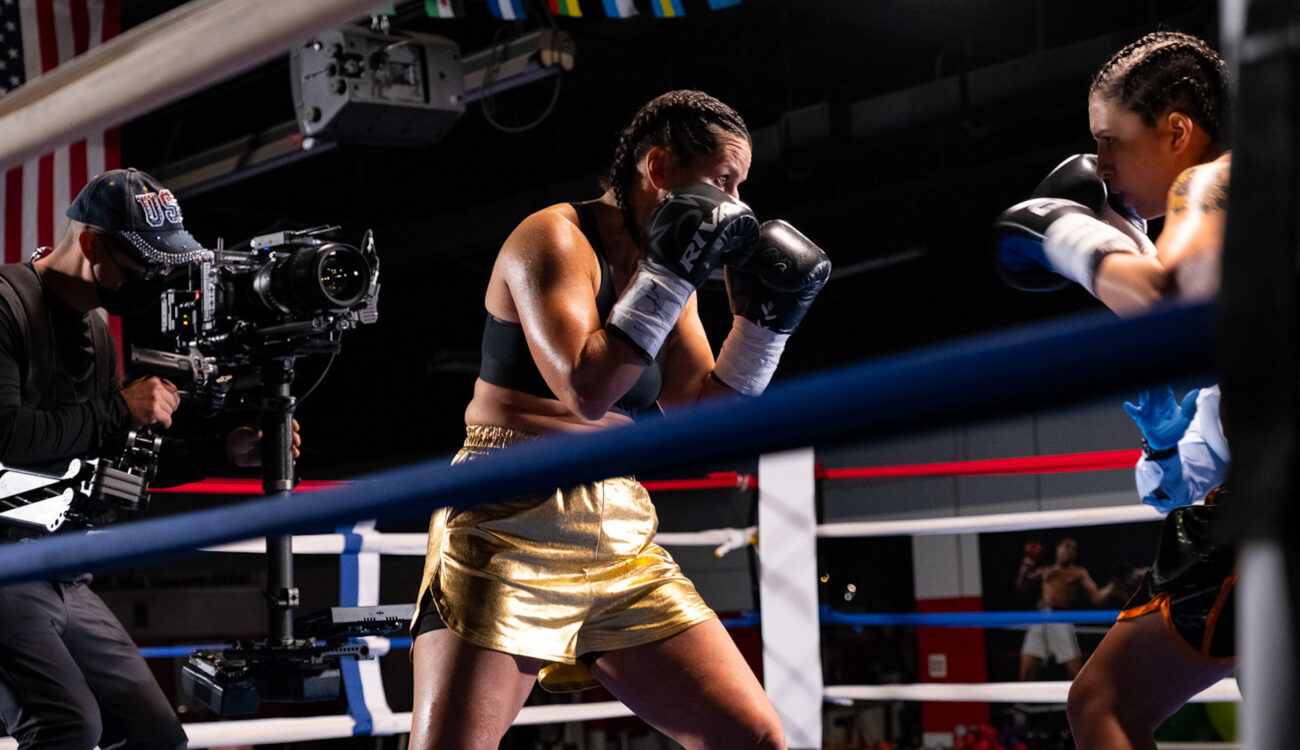
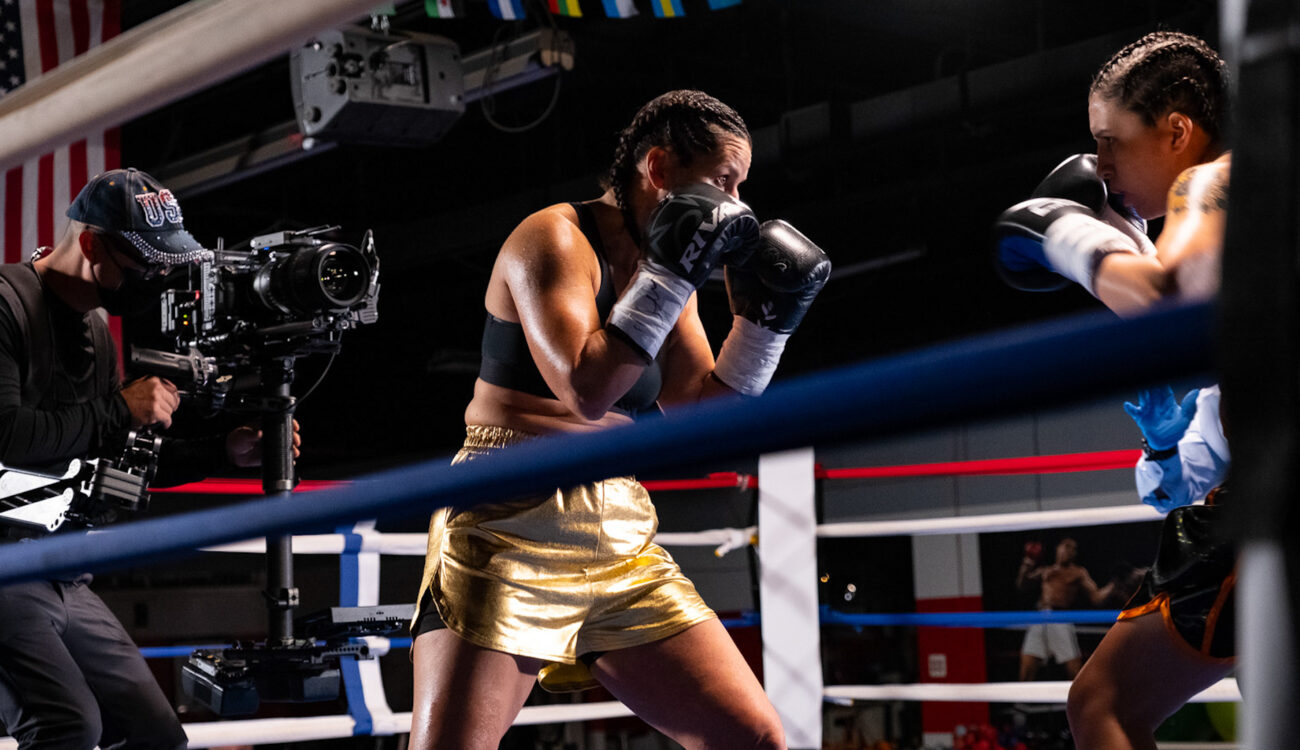
CineD is always searching for a way to connect creators and manufacturers – and, of course, to help filmmakers show their work. This is why we teamed up with FUJIFILM to show our filming community work that has been done with FUJIFILM cameras. If you use a FUJIFILM camera and are interested in getting your work featured, click here to learn more. “In the Spotlight” is proudly sponsored by FUJIFILM.
For this “In the Spotlight” article, we engaged with Director/Writer/Executive Producer Jessica Hester and DP Derek Schweickart who were kind enough to share details about their latest creation, “Defender“.
First things first, here is Jessica’s take on the project.
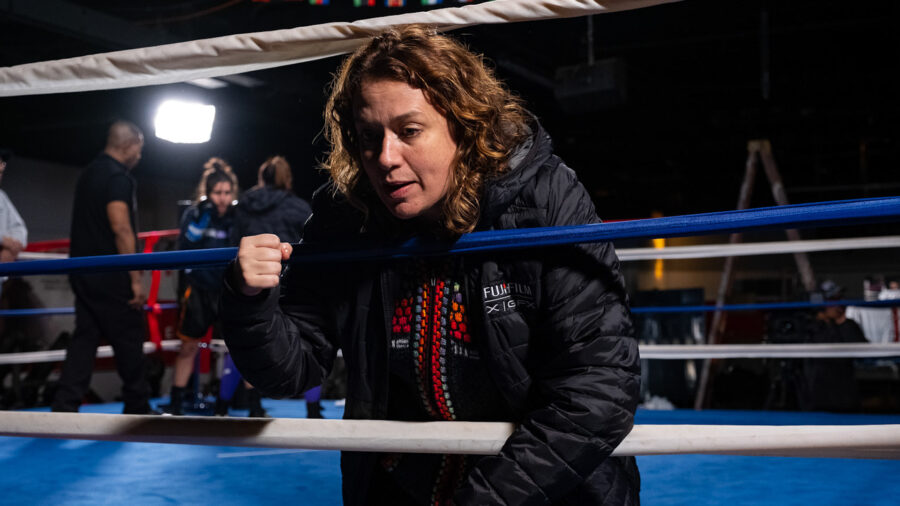
Director’s Statement
In collaboration with FUJIFILM, A Journey Home Film presents Defender. In the short film featuring two-time world champion Maureen Shea and Academy Award winner Melissa Leo, a boxer relives her tragic origin story while fighting in the ring.
Alejandra’s traumatic childhood still haunts her as she struggles to stay present, defend herself, and beat a ruthless opponent. A powerful blow takes the weary fighter to the ground, triggering visions of the day she lost her innocence, and the loneliness, loss, and uncontrollable anger that followed. Time is running out as the referee counts her out, and her coach, Louise, desperately tries to reach her through the deafening roars of the crowd.
The origin of this film began with conversations with real female fighters and what brought them to the sport. Many of the women who shared were there to build confidence and regain something inside themselves that at one point they had lost because of a trauma they experienced in their life. Our lead writer, Cindy Kitagawa, and I took a deep dive into exploring trauma, and what we discovered is that boxing could provide a way to alleviate it – to allow your body to move through the experience of what you are feeling, and to use the sport to build a practice that supports your person.
The story is also about a coach, Louise, and a fighter, Alejandra. Louise is played beautifully by Melissa Leo, who brings a calm and clear voice to help Alejandra, played by Maureen Shea, navigate her triggers and use her heart, body, and mind to help her get right with herself.
There were many challenges in making this, and it started with having limited time to realistically capture a fight, so the answer to that was to cast real fighters and have the amazing Melissa Leo offer her experience to every player involved on-screen and off. Our editor, Angelica Hester, worked countless hours to brilliantly build and balance the headspace of Alejandra both in the ring and out in the memory/dream world to re-experience the trauma of her past.
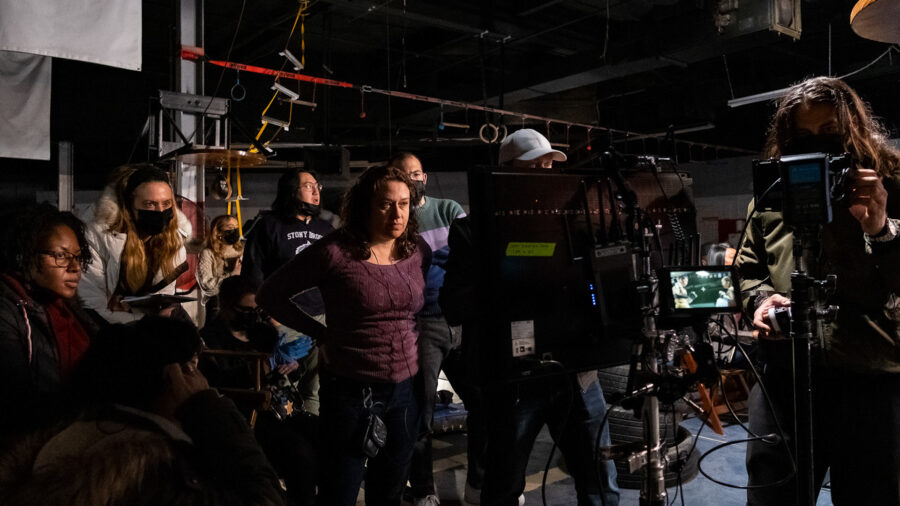
FUJIFILM was amazing at championing us through each phase of production, starting with casting. Varina, producer at FUJIFILM, is passionate about supporting artists and is an athlete herself, so she jumped at the task and connected me with so many different talents, and even fighters to help fill the role. They also provided us not only with an amazing camera and lenses, but a support team who was curious as well to test and create the best product, but never forgetting to support the many artists involved in this project. We had a huge community of support – Be First Boxing Gym and our young talent, who had never acted before. Most importantly, we had a fierce group of producers/artists willing to commit to the task. This experience was very rewarding for many, and looks beautiful, and would not have been possible without FUJIFILM’s support.
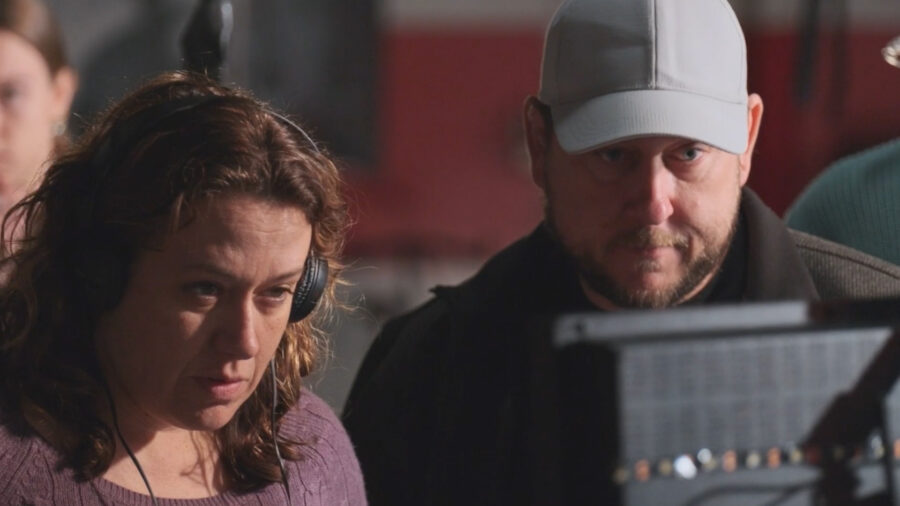
Director of Photography
Next, we asked DP Derek Schweickart to share details about his filming career and his impressions working on this short film project.
Name: Derek Schweickart
– Currently based in: Westchester, NY
– Language(s) spoken: English, French
– Occupation: Multi-hyphenate, Producer, Director, DoP
– How did you get started in our industry? I started in shipping and receiving at The Camera House (now The Camera Division) in LA
– Current assignments: In between
– What types of productions do you mostly shoot? Mostly Narrative Fiction
– What is your dream assignment/job in our industry and what are you really passionate about?
I am passionate about how technology can service the Creative. All of filmmaking is born out of technology; there is no filmmaking without a camera, but the camera is inherently un-creative. It’s a neutral. It’s the artists who decided to take these inventions and use them in novel ways to capture some fleeting moment of humanity that makes it all worthwhile. When I can work at this intersection (and I’m not too stressed out), I’m doing my dream job.
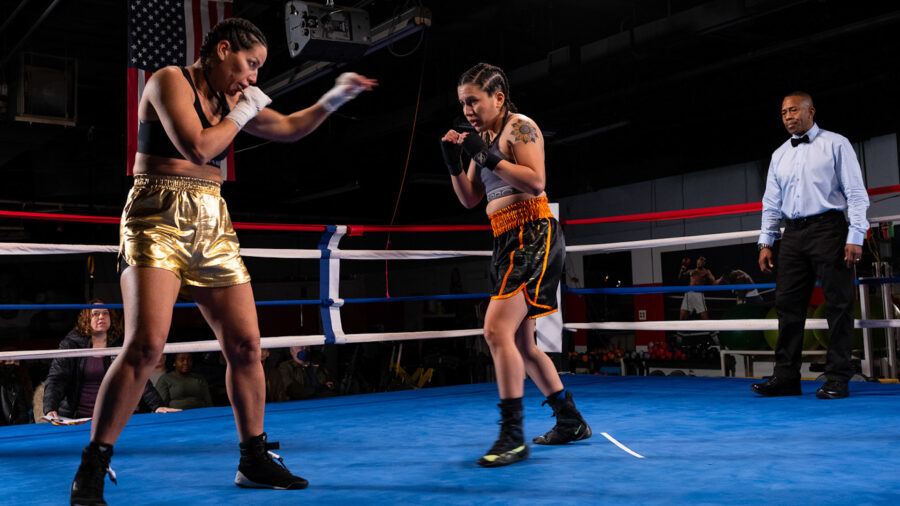
– In the work that you are presenting to us, now that it is done, what would you have done differently throughout the production?
So hard to say. There were reasons for everything we did. Mainly, I would have worked harder to properly outfit our B-camera. We didn’t have the budget to staff and properly outfit this camera, but we ended up using it all the time anyway. Our 2nd unit DP, Hugh Scully, ran a B-camera to pick off the B-roll, and a lot of it is in the movie.
There were a lot of capturing moments in the project because of the speed of production and because we were working with a lot of non-actors. It was challenging to run two cameras, but some of the best shots in the film were captured because we had an unexpected second angle on an action.
I wish we had some more over-cranked footage of the fighting, but again, we were so pressed for time on shooting the entire boxing sequence in one day that we didn’t have the luxury to change up frame rates and lighting…but in retrospect, it would have been worth it to have given Jessica more to work with when capturing the experience of being in the ring.
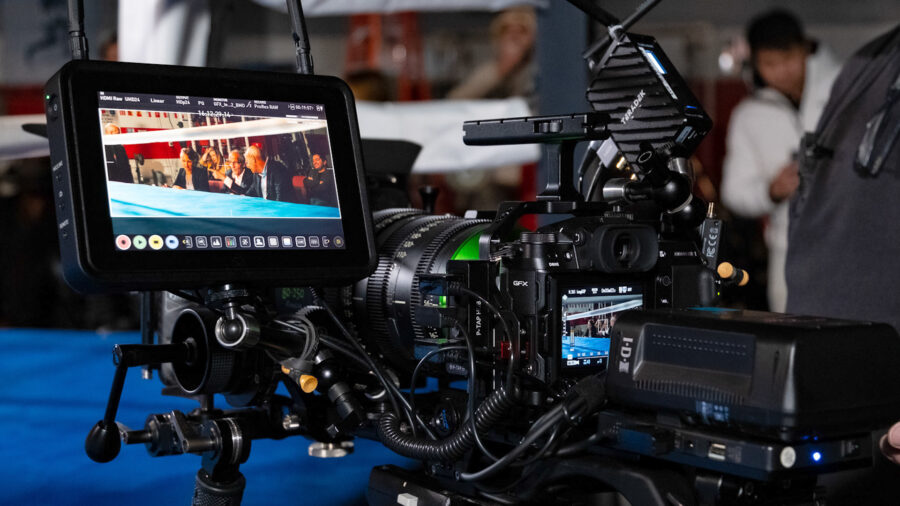
– What current camera, lenses, and sound equipment do you use?
I’ve been really impressed with FUJIFILM cameras. I was not a FUJIFILM user until this project came my way. I love to play with new tech and learn the nuances of different cameras, and I was really impressed with the skin tones and overall color science of F-log and F-log2. I also absolutely fell in love with the Premista zoom lenses. They are a perfect Cine zoom in my opinion, and a no-brainer if you are doing anything on a larger sensor. We mostly shot on the GFX 100S medium format mirrorless camera. I’ll say that we did some pickups on the X-H2S, and while the color matched perfectly, it was just impossible to match the way the GFX rendered the depth of the environment.
I don’t typically run sound myself, so I don’t have an informed opinion there.
– You chose to shoot your project with the FUJIFILM GFX 100S camera. Did you impose on yourself any limitations like not shooting with a tripod?
As I said before, we imposed the limitation of no off-speed in the boxing ring. This production came with a lot of built-in limitations, like needing extras for the boxing arena, fight choreography, and working with kids and non-actors and three ages for our lead character Alejandra, so mostly we just had to stay on our toes. Being able to reframe on zooms was immensely helpful for this project.
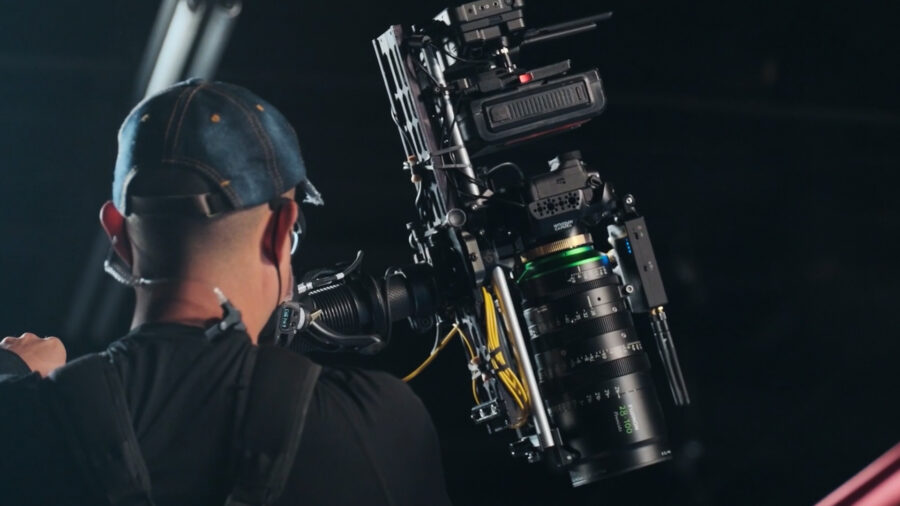
– What’s your favorite lighting equipment and why did you choose that kit over other solutions?
Generally speaking, the sun is my favorite lighting equipment. It just never sits still for you.
Inside, when possible, I like to get lights on a dimmer board. It doesn’t take all that much to pull that off, and it allows you to have a great amount of control over the spatial lighting on a set. On Defender, we didn’t have that much time to tweak the lighting once we got going, but the few times we did were critical and we were super fast, so I’m grateful we went that way.
For Defender, we used Aputure Nova P300c, which has great RGB LED lights, is dimmable, and gives you a lot of punch in a small package. We used the America DJ DMX dimmer board. We also supplemented with some Light Panel Astras to give more coverage in the ring, which was a real working boxing gym. Thanks go to my gaffer, Lucas Millard, for designing the lighting solution. It also allowed us to shoot (mostly) 360 which was important when covering the fight.
– Do you use drones/gimbals in your productions? If so, what is the most effective way you’ve found of deploying them?
Not very often, to be honest. It depends a lot on the reason for using them. I prefer Steadicam over hand-held gimbals. Drones are pretty specialized, and there are people who are really good at doing that. I’ve seen some incredible drone shots, so it’s totally worth the effort…but it is effort. Creatively speaking, just keep the timing in mind. Some beautiful drone shots take too long.
– What editing systems do you use and are you satisfied working with them?
I’m an Adobe Premiere editor (Premiere is great), but I didn’t cut this piece.
– How much of your work do you shoot in “flat picture profile” and what is your preferred way of color correcting?
I always want to capture data as close to the sensor as possible in a RAW or Log Codec. It’s very important to work in a color-managed workflow. Color is a deep rabbit hole that you can literally spend your whole life going down. I’m a major proponent of Baselight color science, and we used it for Defender because we shot ProRes RAW on Atomos Ninja and Shoguns, (HDMI RAW output from FUJIFILM cameras).
– How frequently do you travel and do you have any tips when it comes to packing your gear?
I am probably not the best person to answer this. It really depends on the amount of gear we’re talking about. My advice is always to get a Pelican case with wheels…
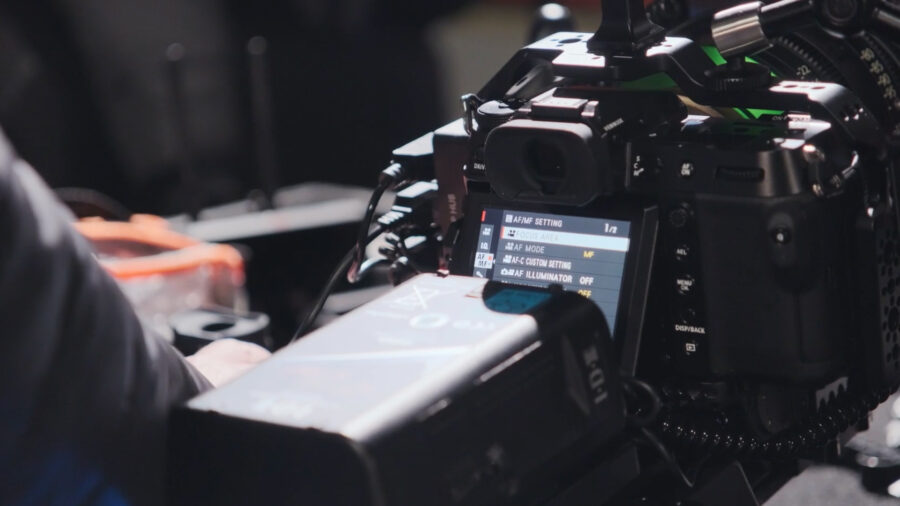
If you are interested in knowing more about Jessica’s and Derek’s work, please head over to their “A Journey Home Film” home page, or the social media links below.
Jesicca on Instagram, Derek on Instagram.
Full disclosure: This “In The Spotlight” series of interviews is sponsored by FUJIFILM.






